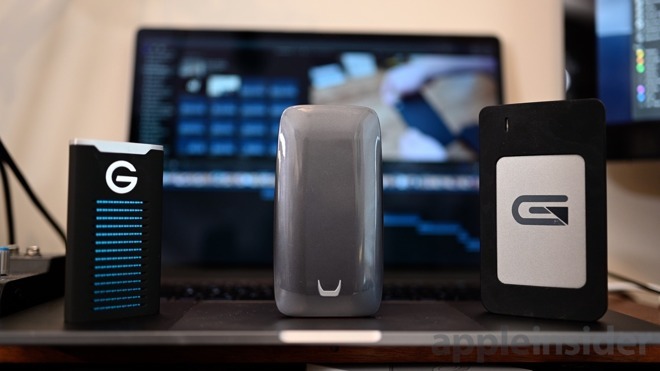

Larger drives generally offer a better price-per-terabyte value, and you’ll likely use a larger drive as you amass more data over time. Capacity: We recommend getting the largest capacity you can afford.Since many portable drives nowadays provide similar performance, lower-cost options are better. Although a higher-capacity drive is more cost-effective per terabyte, 4 TB portable hard drives are nearly twice as expensive as 2 TB drives and supply more storage than most people need. Price: By looking at Amazon reviews for our top picks, we found that most people buy 2 TB and 4 TB drives.USB-C hard drives aren’t necessarily faster than USB 3.0 models, though, because they’re limited by the disk speed, not the USB interface.
:max_bytes(150000):strip_icc()/Seagate-cad41833ae8740389c0121335b70277f.jpg)
We tested drives with USB 3.0 and USB-C connections. You’re more likely to use a portable drive to transfer large files between different computers, so a faster drive will save you time. Speed: Portable hard drives are generally slower than their desktop brethren, but speed is still important.Your portable hard drive should also draw all the power it needs from the USB port, no power adapter necessary. Physical size and weight: The smaller and lighter, the better.(We discuss rugged portable drives, which are bulkier and more expensive than the portable drives we recommend for most people, in the Competition section.) Build quality: Your portable hard drive should withstand normal wear and tear from being handled and carried in your bag often.But all hard drives die, and it’s still possible to buy a lemon that will die too soon. Only three companies-Seagate, Western Digital, and Toshiba-still manufacture hard drives, and all of them make reliable options. Reliability: Although reliability is the most important factor for any storage device, solid information on reliability is hard to come by.


 0 kommentar(er)
0 kommentar(er)
